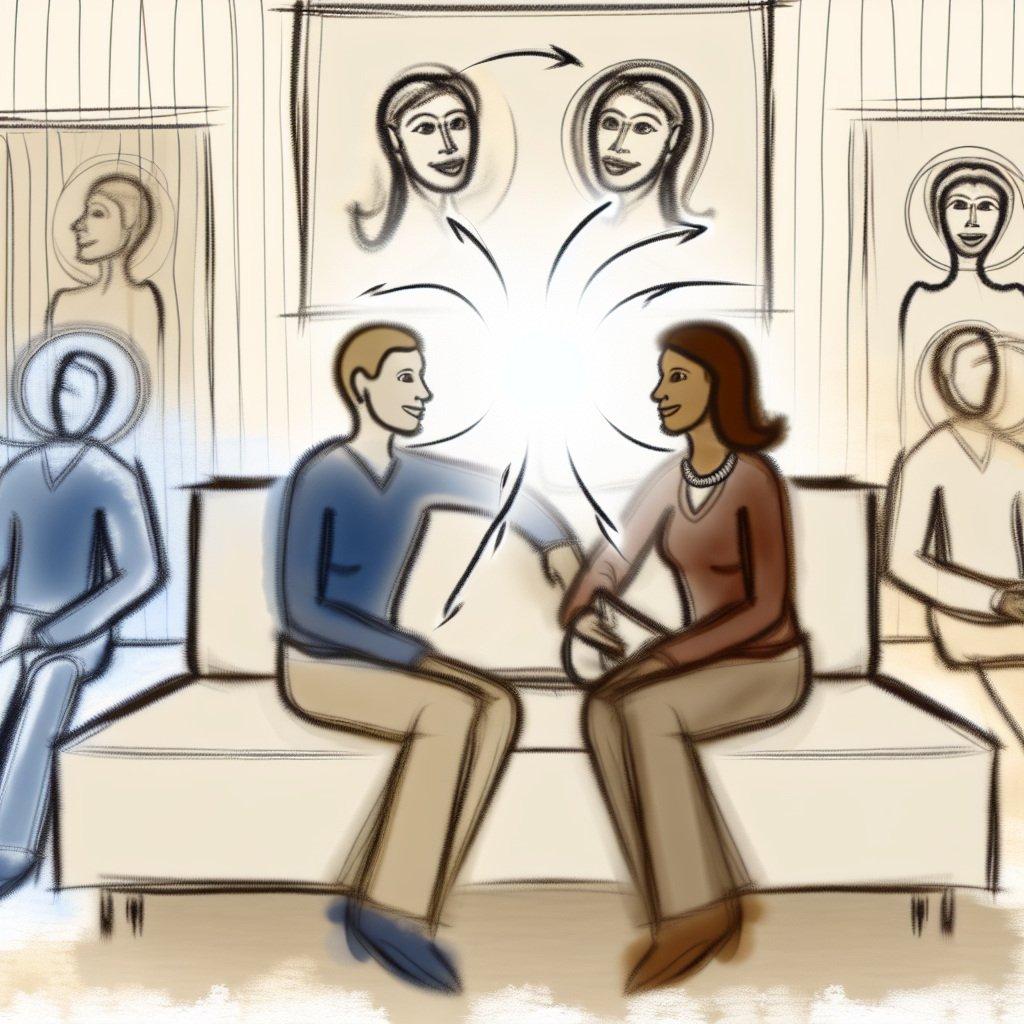When it comes to dating, it can be challenging to determine whether someone is telling the truth or not. On the other hand, paying attention to someone’s body language can help you detect whether they’re lying. Body language may disclose a lot about a person’s intentions and emotions, and it can be an effective technique for detecting whether or not someone is telling you the truth.
While not perfect, monitoring body language can provide indicators as to whether someone is telling the truth or not. Here are some frequent indications to watch for:
Eyes:
Excessive blinking can imply uneasiness or discomfort, which could indicate lying.
Liars may avoid direct eye contact because it makes them uncomfortable.
Shifting glance: Rapidly shifting one’s gaze or regularly looking away can be signs of deceit.
Facial Expressions:
Microexpressions: These are brief, involuntary facial expressions that can betray actual feelings, even while someone is attempting to conceal them. For example, a short grimace or widening eyes could reveal a deception.
Asymmetrical expressions: When someone lies down, their facial expressions may be asymmetrical, with one side of their face displaying a different feeling.
Forced smiles: A genuine grin requires muscles surrounding the eyes, but a phony smile may merely involve the mouth.
Gesture and posture:
Increased fidgeting: Fidgeting with your hands, feet, hair, or clothes can indicate worry or anxiety, possibly related to lying.
Touching the face: When people are stressed or uncomfortable, they frequently touch their nose, mouth, or eyes, which could be a symptom of deceit.
Crossing arms or legs: This might be a defensive position, implying someone is attempting to hide something.
Changes in posture: Noticeable alterations in posture, such as growing rigid or leaning away from you, may indicate discomfort or a wish to withdraw from the conversation.
Speech Patterns:
Changes in vocal pitch or volume: Liars may speak at a higher or lower pitch than usual, or their voices may shake or tremble.
Hesitation or stuttering: People hesitate or stutter more frequently when they lie.
Increased use of fillers: When someone is attempting to manufacture a story, words like “um,” “uh,” and “like” may appear more frequently.
Contradictions in storytelling: Look for contradictions in the details of the person’s story. This could indicate that they are trying to cover up a falsehood.
Remember:
These are only general clues and do not constitute definitive proof of lying. Body language can be influenced by cultural differences as well as individual personalities.
Concentrate on a group of actions rather than a single sign.
Do not draw assumptions based purely on body language. Before passing judgment, consider the context and scenario.
If you suspect someone of being dishonest, ask clarifying questions and observe their reactions.
Additional tips:
Establish a baseline: Pay attention to a person’s body language when they communicate the truth. This will help you detect variations from their typical behavior.
Be aware of your own biases: Do not let your prior assumptions about someone influence your assessment of their body language.
Seek professional help: If you are concerned about someone’s honesty, consider consulting a therapist or counselor.
Understanding these nonverbal signs can help you become more proficient at identifying potential dishonesty and defending yourself from manipulation and injury.
Finally, body language can effectively recognize whether someone is lying to you on a date. Paying attention to their eye contact, fidgeting, and tone of voice will help you understand their genuine intents and feelings. However, it is critical to use this tool intelligently and avoid jumping to conclusions without understanding the context of the scenario.

Dominic E. is a passionate filmmaker navigating the exciting intersection of art and science. By day, he delves into the complexities of the human body as a full-time medical writer, meticulously translating intricate medical concepts into accessible and engaging narratives. By night, he explores the boundless realm of cinematic storytelling, crafting narratives that evoke emotion and challenge perspectives. Film Student and Full-time Medical Writer for ContentVendor.com




